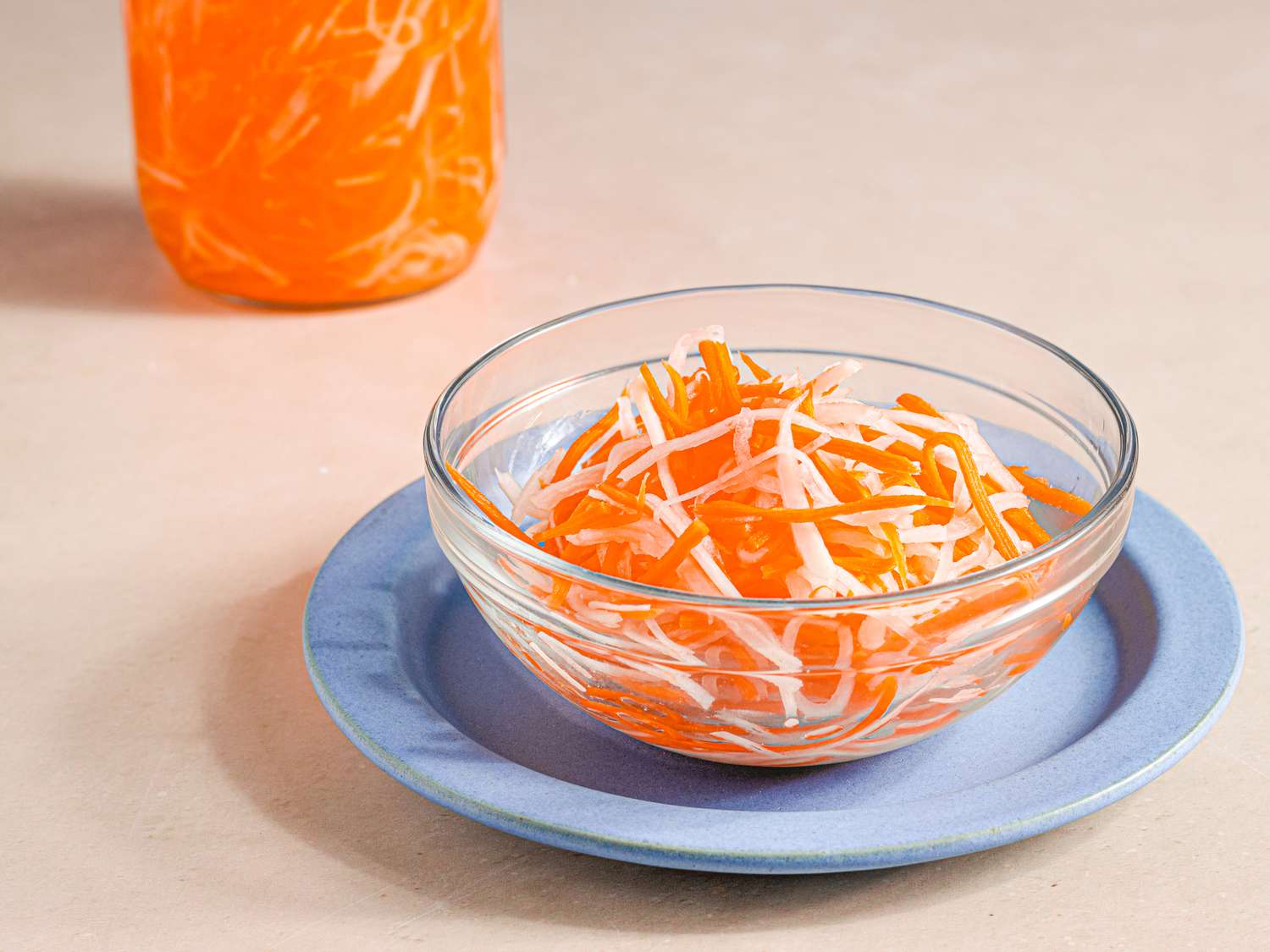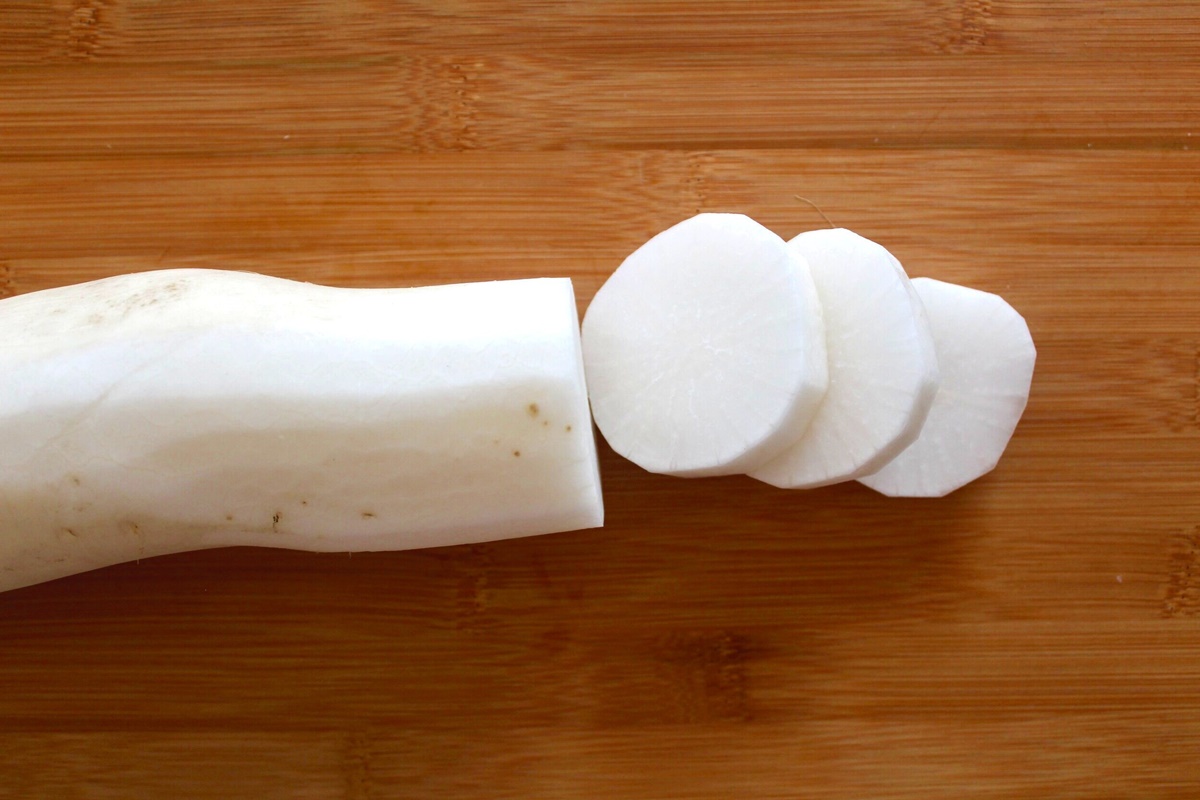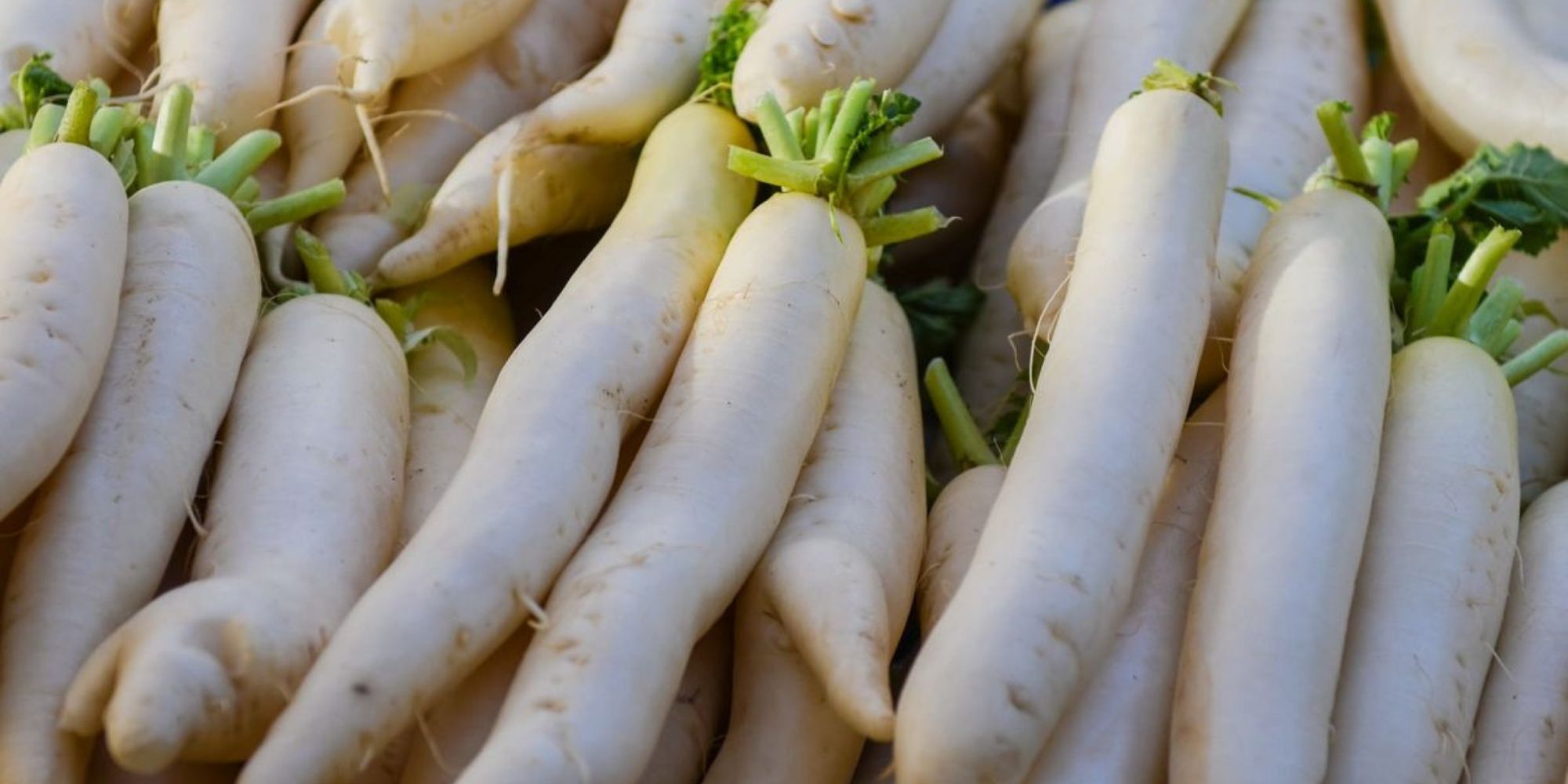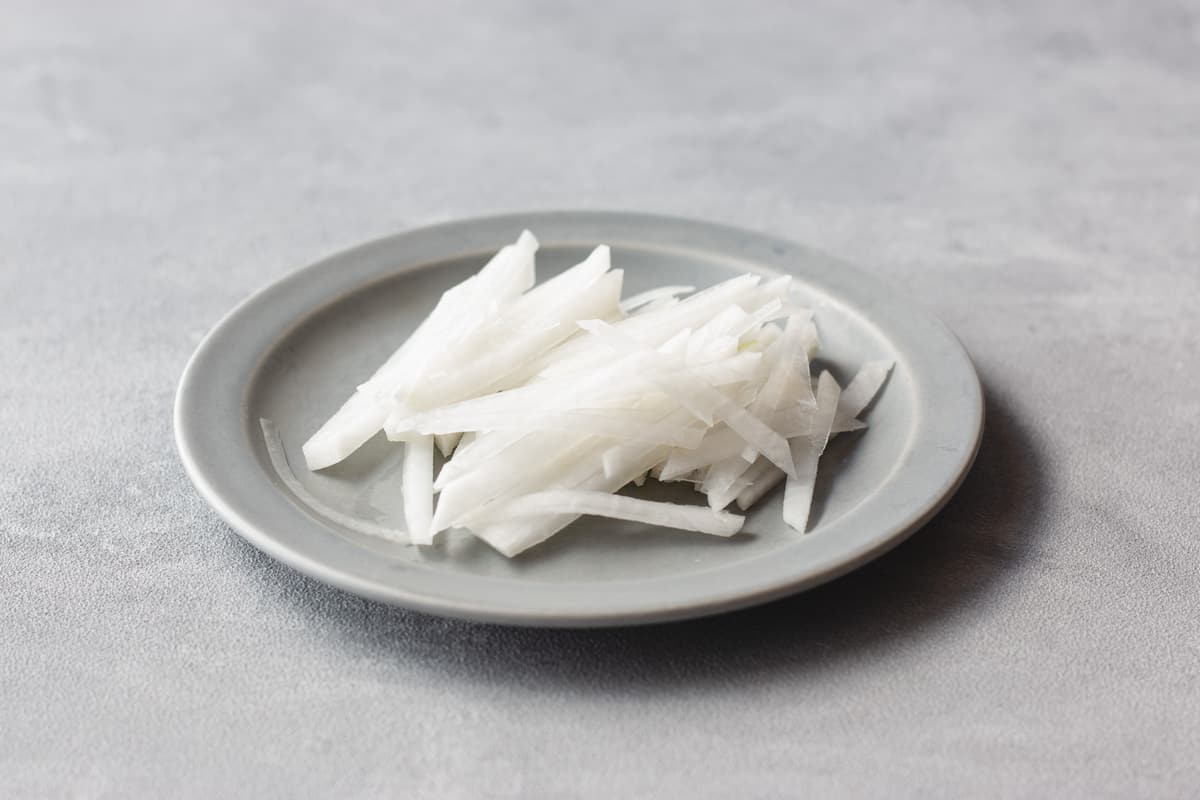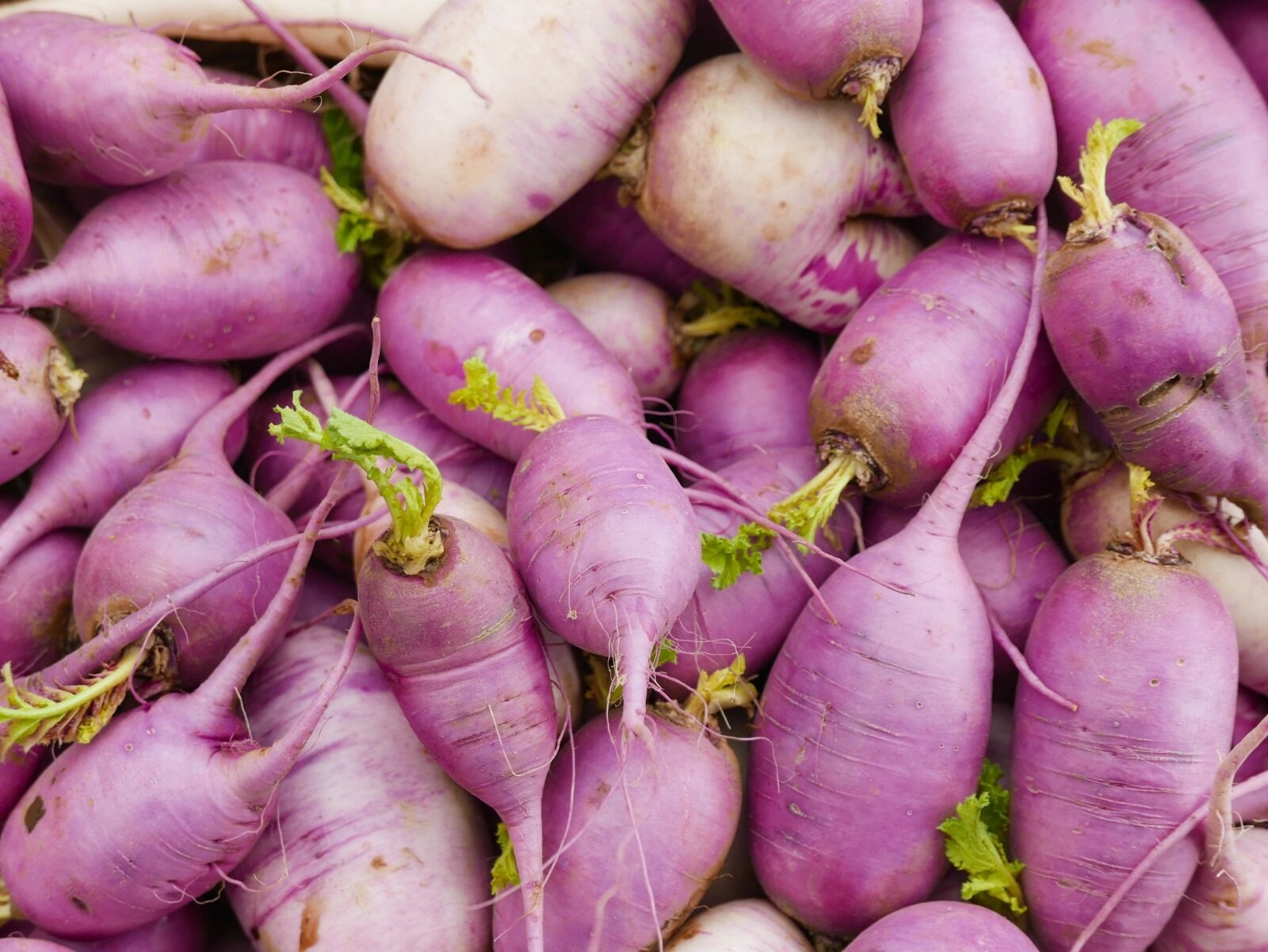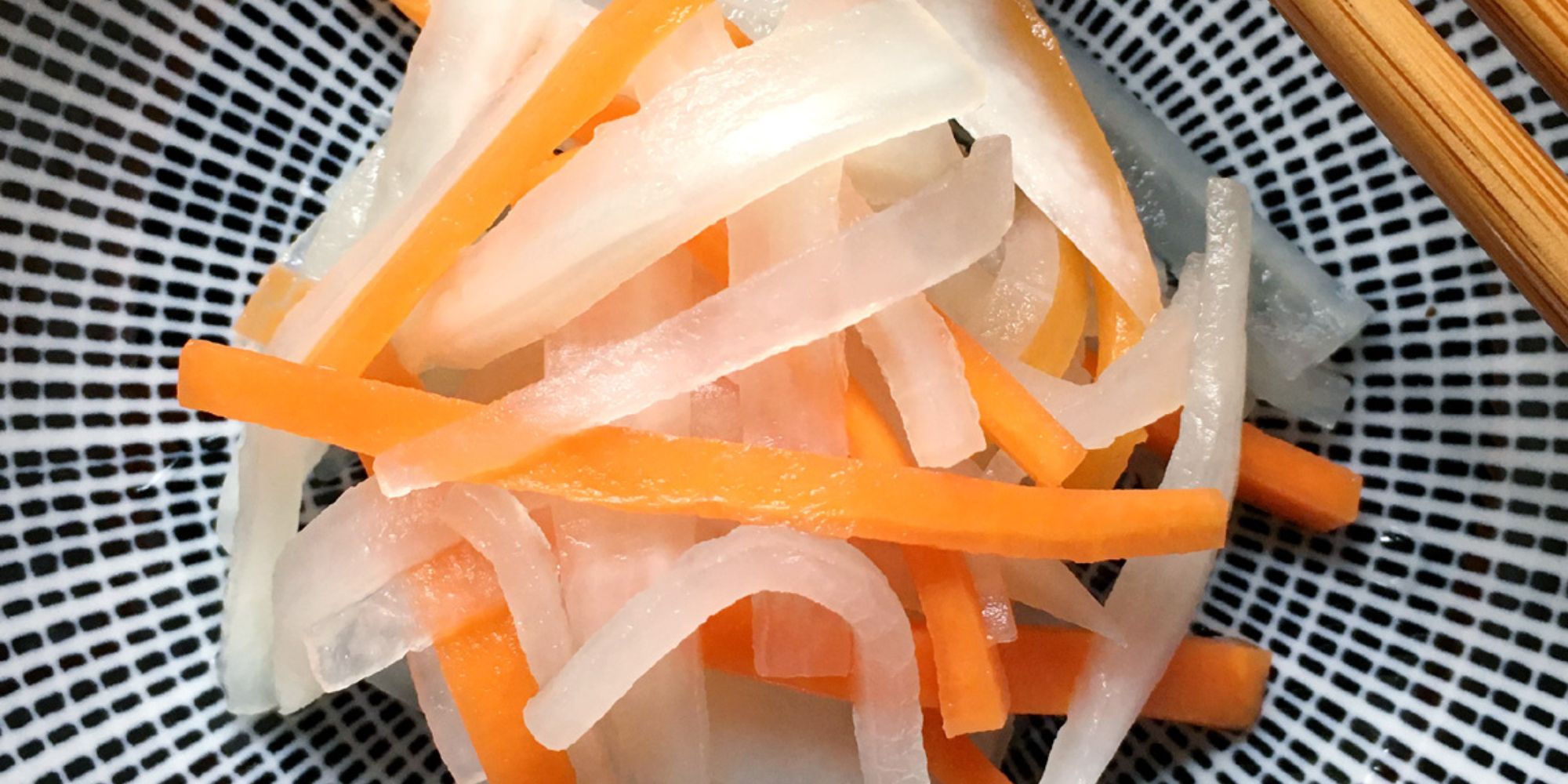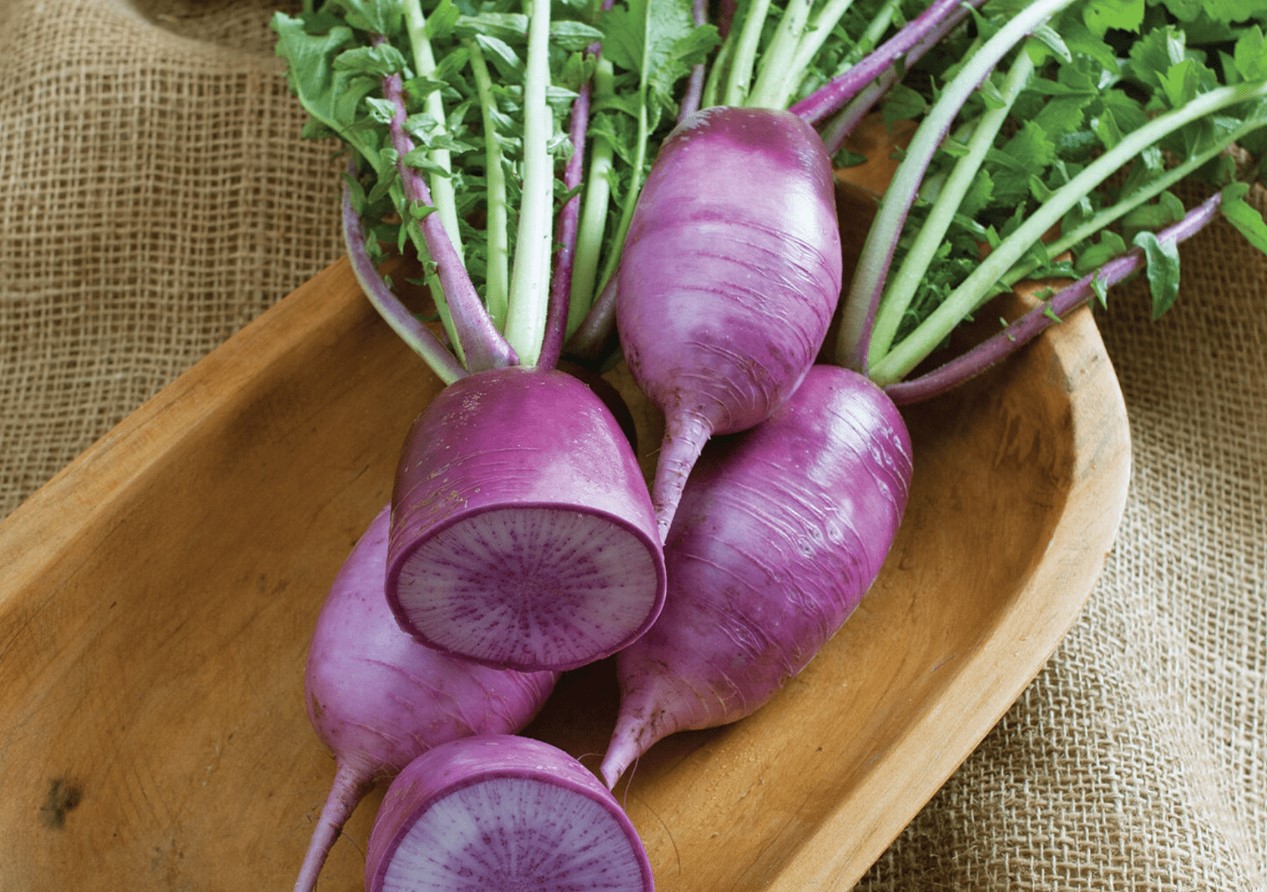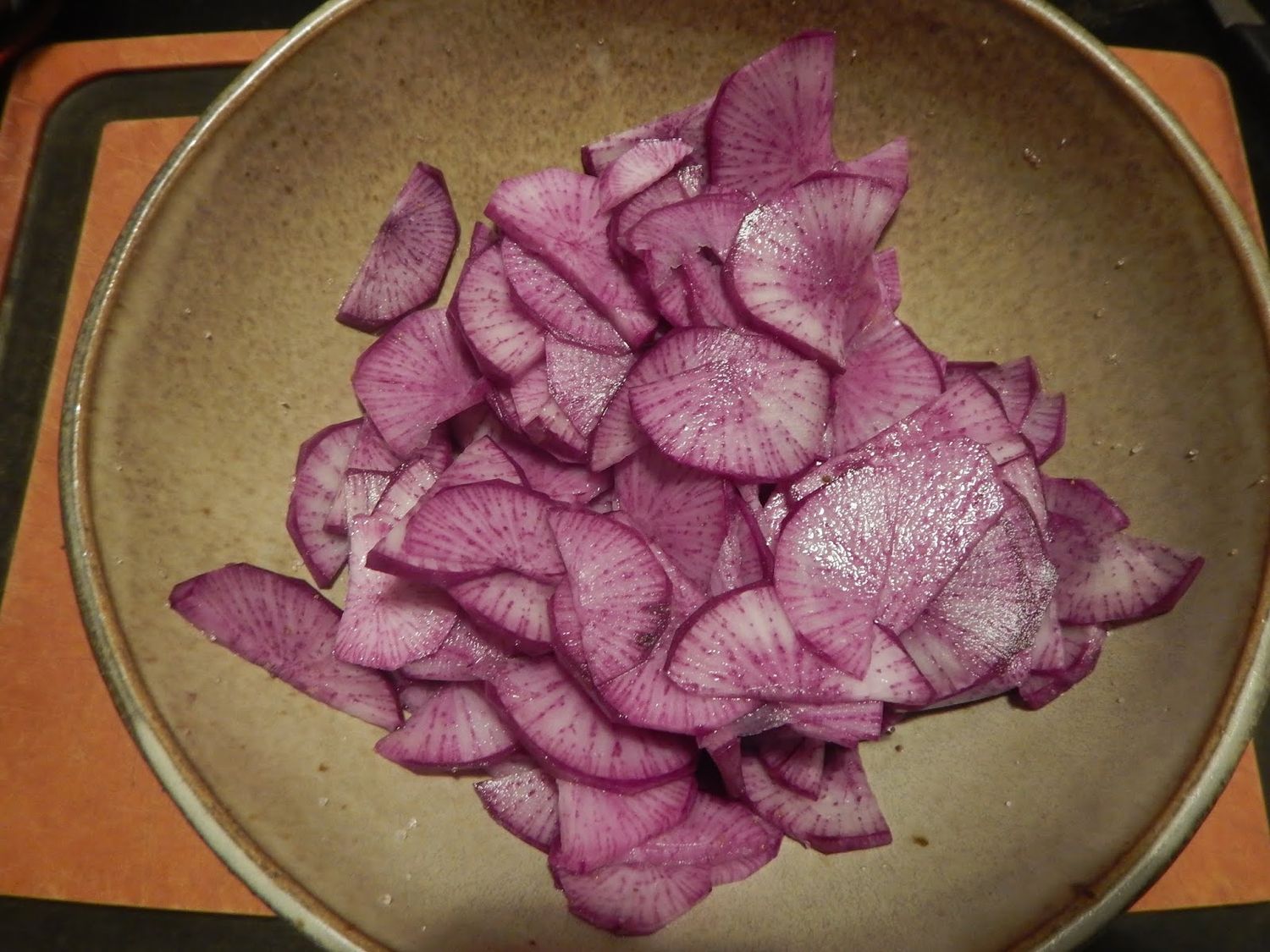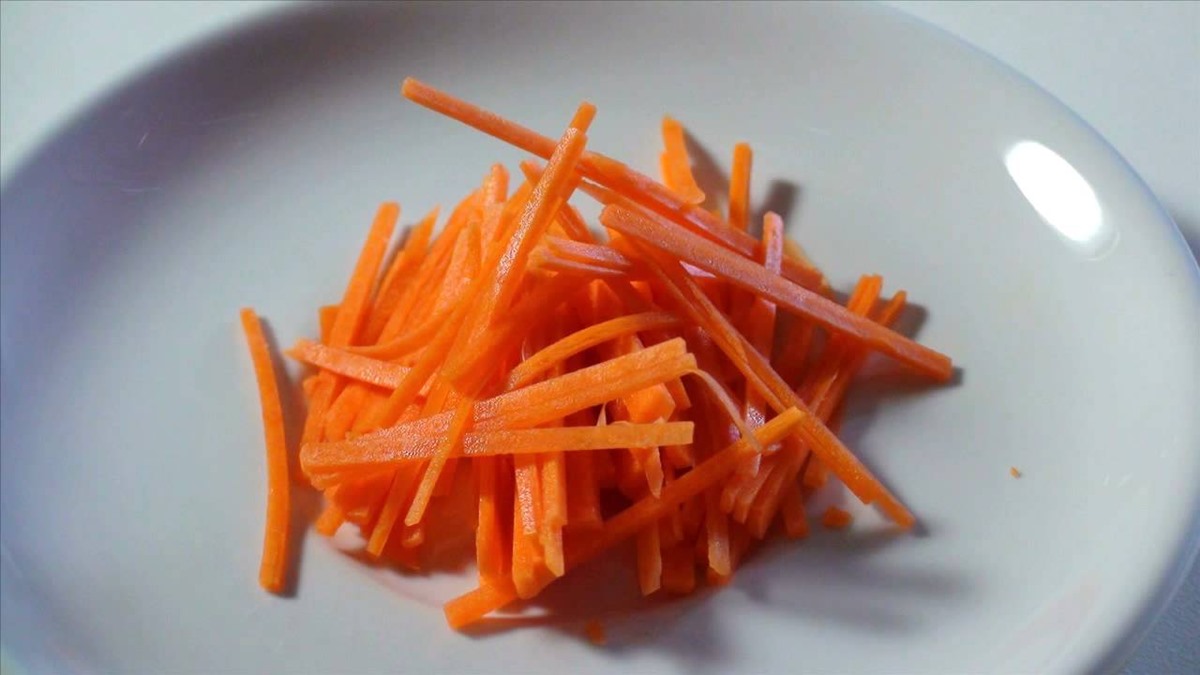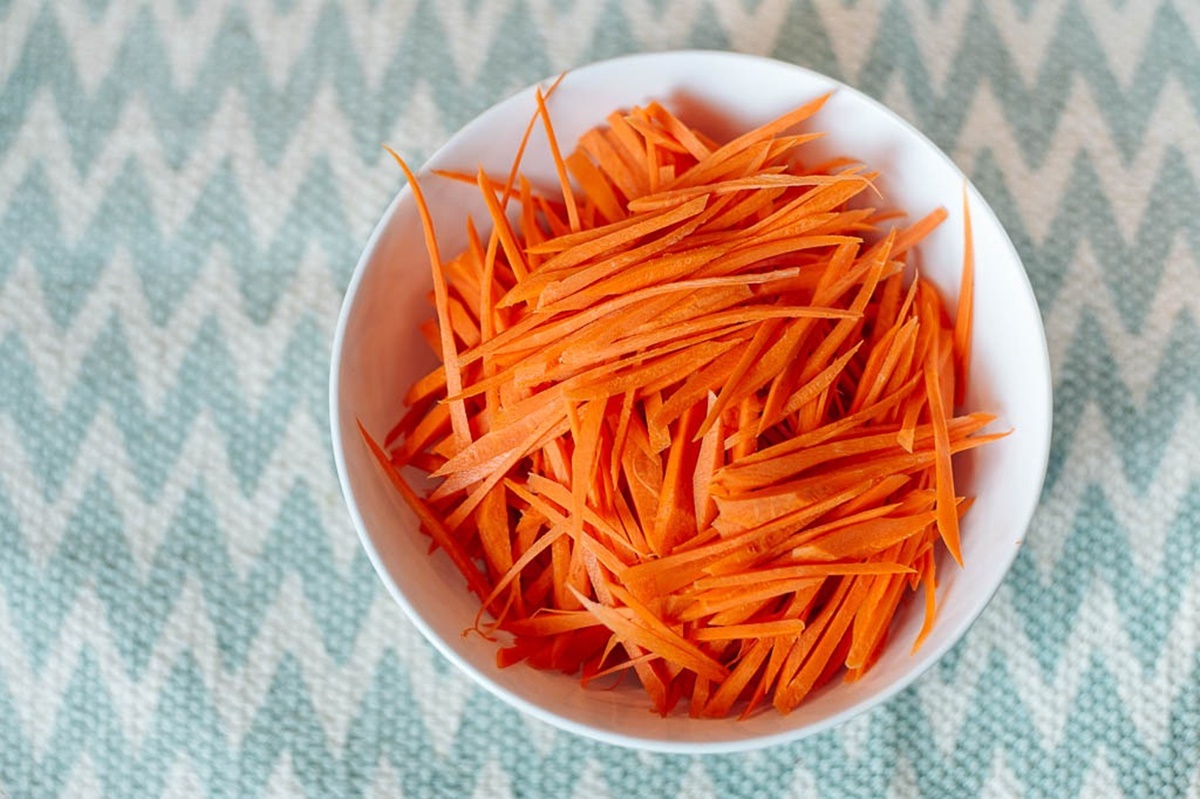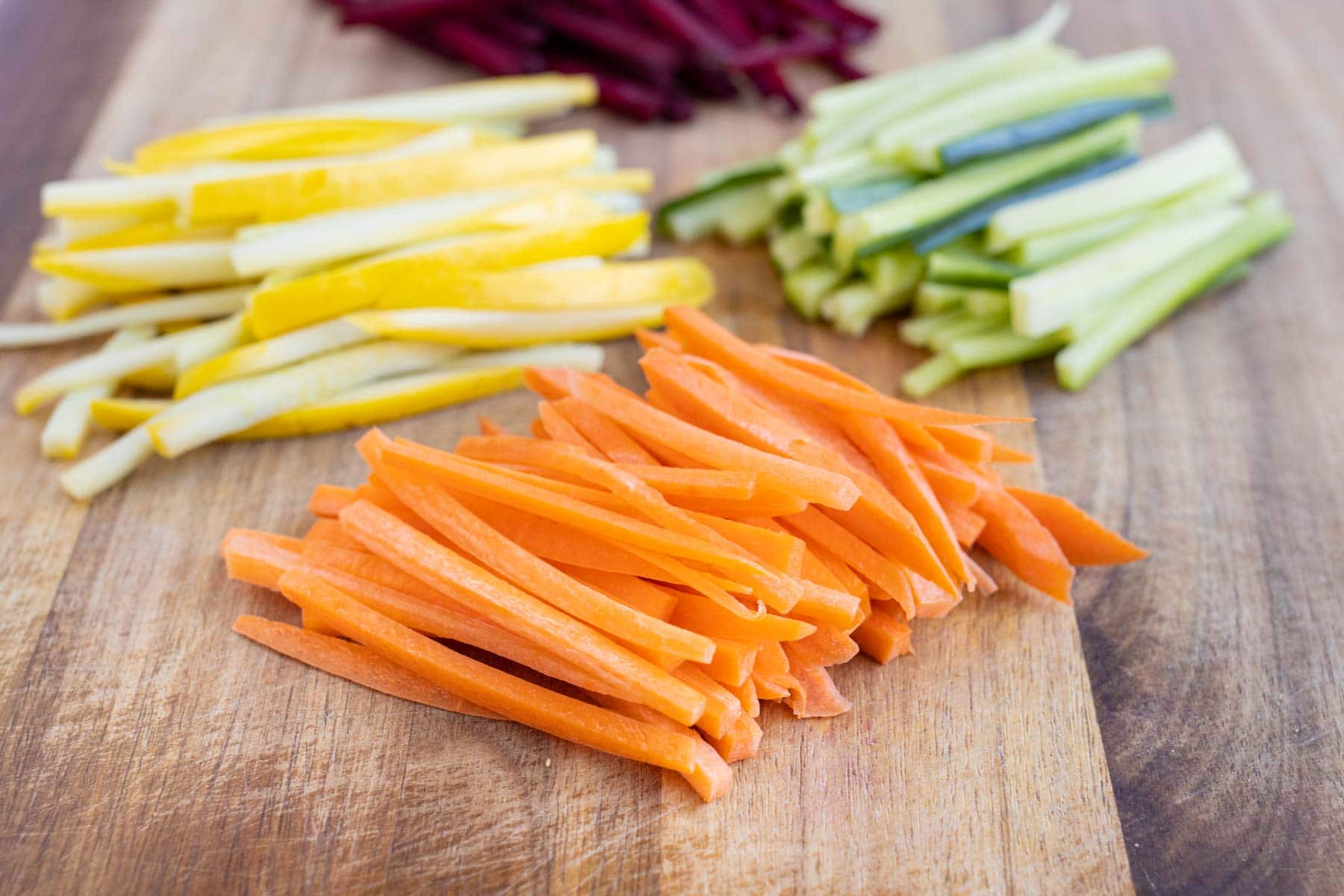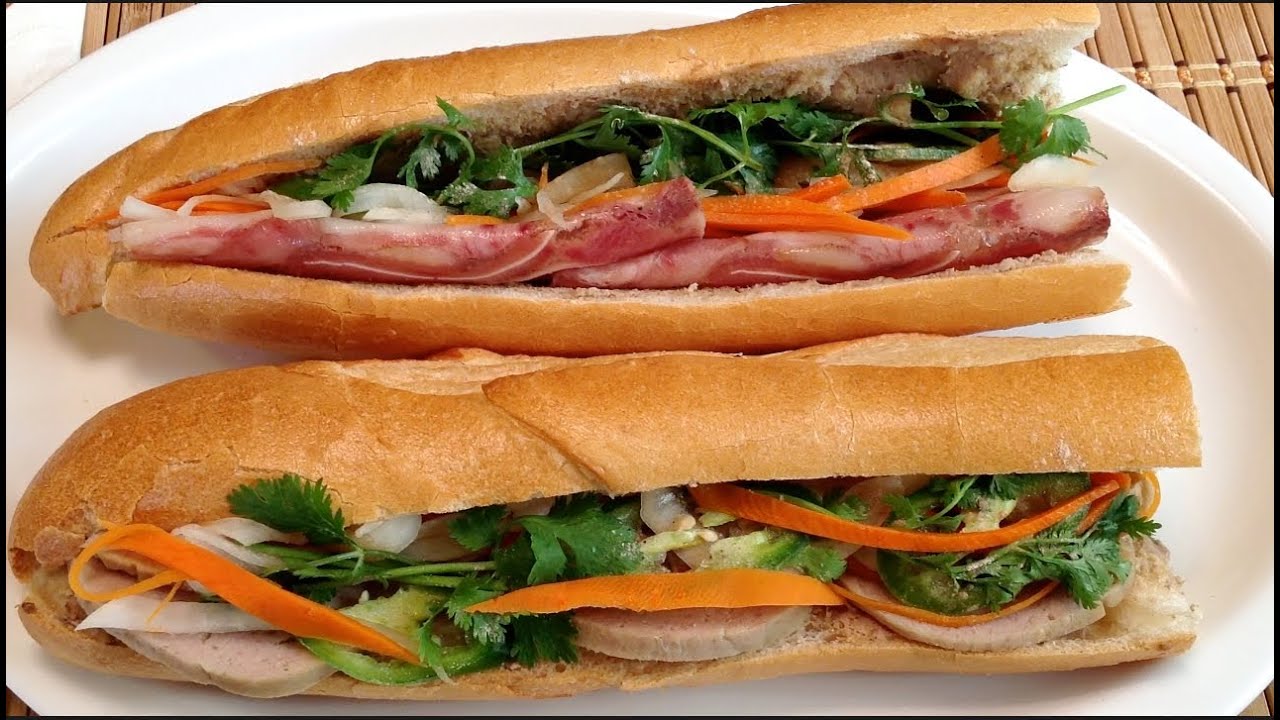Mastering the Art of Julienne: Carrots and Daikon
Julienne is a classic French culinary technique used to cut vegetables into thin, matchstick-like strips. It’s a popular method for preparing carrots and daikon, adding a touch of elegance to any dish. If you’re looking to elevate your culinary skills, mastering the art of julienne is a great place to start.
Why Julienne?
The julienne cut not only enhances the visual appeal of your dishes but also ensures even cooking and a delightful texture. Whether you’re making a fresh salad, stir-fry, or a vibrant garnish, julienne-cut carrots and daikon can take your culinary creations to the next level.
Tools You’ll Need
Before you begin, gather the following tools:
- Sharp chef’s knife
- Cutting board
- Vegetable peeler
- Mandoline slicer (optional, but highly recommended for precision)
Preparing the Vegetables
Start by selecting fresh, firm carrots and daikon. Wash them thoroughly to remove any dirt or debris. Using a vegetable peeler, remove the outer skin of the carrots and daikon. Once cleaned, they are ready to be transformed into beautiful julienne strips.
Julienne-Cutting Carrots
Follow these steps to julienne-cut carrots:
- Trim off the ends of the carrot and create a flat surface for stability.
- Cut the carrot into 2 to 3-inch segments for easier handling.
- With a sharp knife, carefully slice each segment lengthwise into thin planks, about 1/8 inch thick.
- Stack the planks and cut them lengthwise again into thin matchstick-shaped strips.
Julienne-Cutting Daikon
When it comes to julienne-cutting daikon, the process is quite similar:
- Trim off the ends of the daikon and create a stable base.
- Cut the daikon into manageable segments, around 2 to 3 inches in length.
- Slice the segments into thin planks, similar to the process for carrots.
- Stack the planks and cut them lengthwise into fine, uniform strips.
Expert Tips for Perfect Julienne
Here are some expert tips to keep in mind as you practice the art of julienne:
- Use a sharp knife to ensure clean, precise cuts.
- For consistent results, consider using a mandoline slicer with a julienne attachment.
- Take your time and focus on creating evenly sized strips for a professional touch.
- Practice makes perfect! Don’t be discouraged if your first attempts aren’t flawless.
Utilizing Julienne in Your Recipes
Now that you’ve mastered the julienne cut for carrots and daikon, the culinary world is your oyster. Incorporate these beautifully cut vegetables into a variety of dishes, such as:
- Fresh spring rolls
- Stir-fries
- Salads
- Garnishes for sushi and sashimi
Get creative and experiment with different flavor combinations to showcase your newfound julienne skills.
Conclusion
Learning how to julienne carrots and daikon is a valuable skill that can elevate your cooking to new heights. With practice and patience, you’ll soon be effortlessly creating stunning, uniform strips of these vibrant vegetables. So, grab your knife, sharpen your skills, and enjoy the art of julienne!
